Building Up an Emergency Fund
Mar 31, 2021 · How to Up, Saving, Staying Safe
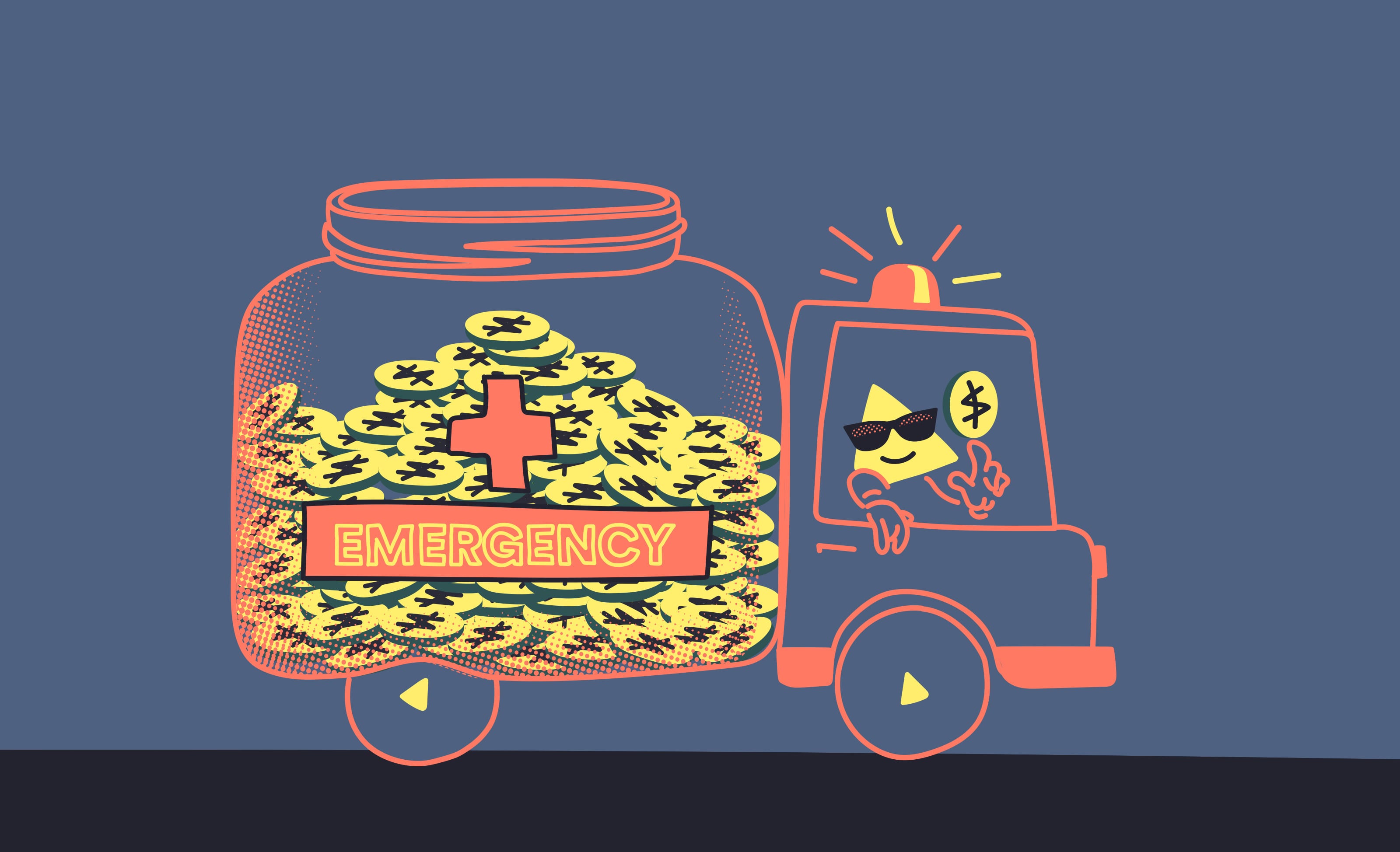
Hands up if you have an emergency fund?
If yours are firmly down, you’re not alone. Sure, we all figured out before we left Prep that saving money is useful. You can’t buy a Lego Death Star with one week’s pocket money. But when financial gurus bandy about ideas like ‘set aside three months’ pay’, well, that can seem like a really good thing to put off for a few years.
Fam, if you want to feel prepared, but don’t have an actual pile of gold sitting around just yet, we are here to assist. Up is pretty much purpose built for painlessly building an ‘emergency fund’, ‘rainy day fund’ — or ‘f*** off fund’ (we’ll get to that last idea later).
And with Up, it’ll be customised to you. Your income. Your values. The scary stuff you need to deal with.
Here’s our ultimate guide to making your first (or fifth) emergency Saver with Up: how to set a goal that makes sense to you, how to organise your saving, and how to automate your money so the emergency fund pretty much builds itself. Ready? Let’s get this financial fire extinguisher installed.
In this blog:
- How an emergency fund is different
- Keeping it out of sight, out of mind
- Designing a goal for where you’re at now
- Saving for just you, or someone else too
- Set and forget with Up’s automatic savings tools
- And change your fund as you change.
Remember though that any advice provided on this website is of a general nature only and does not take into account your personal needs, objectives and financial circumstances. You should consider whether it is appropriate for your situation.
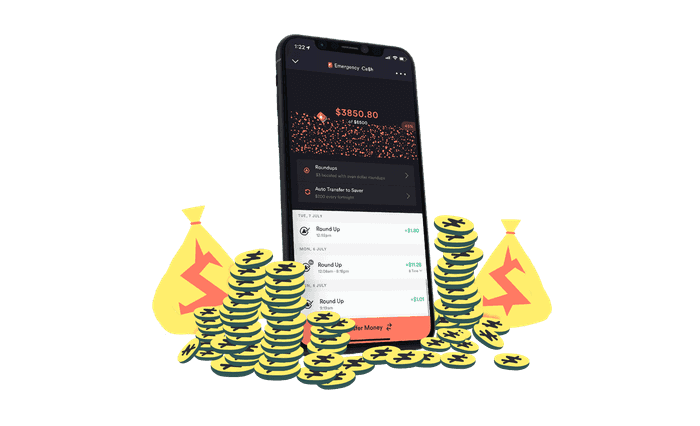
How are emergency savings different to regular savings?
Whether you’re reading the Barefoot Investor, listening to She’s On The Money with Victoria Devine, or watching Tash Invests on Tik Tok — pretty much every financial guru we meet loves the idea of a stash of cash kept separate for unexpected hard times.
And though the three month rule is totally a thing, emergency funds come in all shapes and sizes. For example, Tash has Savers set up for times when she needs to study, not work:
Having a full emergency fund allows me to work towards my financial goals while having a safety net and freedom. I have 16 weeks of full time placement coming up at uni and work is going to be way harder to fit in. So I’ve used my Up savers to plan for all my upcoming expenses - including a bit of fun money.
Whereas another Upsider took a simpler approach, creating a general stash ‘against the unknown’ that ended up filling a need she didn’t even expect.
The first thing I did when I downloaded the app was create and fill an emergency account. Less than a month later I found out I was at risk of losing my ovaries and being unable to have kids. When they asked how I planned on paying for all the appointments, scans, therapies and surgeries, I felt empowered knowing my rainy-day fund was full!
Both approaches (and more!) can work. It depends on how complex you want to get, and whether you’re more interested in saving for a particular goal, a particular worry, or ‘because life might gut punch me someday’. But first...
Start a Saver
Step one, is to open a dedicated Saver. Sounds simple? It is — but it’s also a great way to forget you have $$ till you really need them.
Chuck on an emoji so you’ll never mix up your accounts: you can even decide if you’re more of a rainy day 🌧, umbrella ☔️, or fire truck 🚒 kind of Saver. Drag it all the way down to the bottom of your Savers stack so it’s out of sight and out of mind.
While we’re here, let’s make an effortless start by turning on Round Ups for this Saver. We might boost that later, but we don’t have to! Five bucks beats no bucks. Then we can think about twenty. Twenty bucks could get you home some night, or buy you dinner on a really bad day.
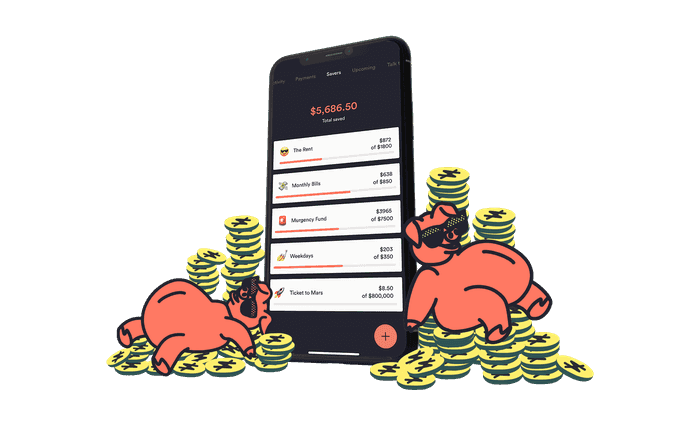
Line Up the Goalposts
Every Up Saver lets you set a specific goal and track how close you are to hitting it.
So, beyond those first few dollars, how much is enough?
Let’s use the tools we have in Up to make some educated guesses.
Up’s Spending Insights give you a snapshot of your spending habits. We’ll even pop your transactions into categories, too. So you could find a goal that feels right by:
- Seeing what you spend, as a total amount, over a typical week. Then you could set a goal that’s big enough to cover a week. (When you get there, you can move on to a fortnight, then a month).
- Same, but look deeper into just what you spend on just the essentials (say, on Personal, Home, and Transport, but not The Good Life). Then save for only enough to cover that in the same timeframe. You won’t have fun money, but the saving will be quicker and you will get by.
- Look back on the last time life really whomped you, and what it cost. When the cat made her last trip to the emergency vet, what was the financial damage? Would having the same amount stashed away help you worry about her less?
- Create custom tags to tally up exactly what you spend on the things you’d truly be in trouble without.
If you haven’t been using Up for long enough to have many Insights yet, no stress: why not just set a simple, first goal you can afford, and throw in a buck with Pull To Save every time you’re waiting in life for a coffee? (and remember — you can come back and adjust it later.)
Up is empowering you to make better budgeting decisions and visibility about your spending habits. It’s visual and has literally changed my life. I’ve gone from being thousands of dollars in debt to steadily saving and wondering why other banks haven’t done this sooner.
Saving with a partner, or saving alone?
Lots of Upsiders save with a partner, and if you’re sharing your financial lives, saving together for things that could affect you together could make sense. You could each make matching 💕emergency Savers (aw, look at you) and each put in a percentage of your salary with Splits — or a fixed amount with Auto Transfers.
That said — there’s also a kind of Saver you make totally on your own that’s often referred to as a "f*ck off fund." Having a stash of savings that is just yours — say, enough to leave a relationship that looked a lot better from the outside — might also be something you want to consider.
None of us want to think about the worst case scenario, especially when things are shiny and new. But life together might not always be so rosy. (And there’s no reason that your fund can’t be used to bail you out from a toxic boss or housing situation. It’s more about your personal security than a commentary on the love dynamic, ya know?)
If you prefer to keep it on the DL, you can label your personal Saver with a fun emoji and say you’re saving for... a someday puppy. Or whatever makes sense to you. Emergency puppies are a thing, right?
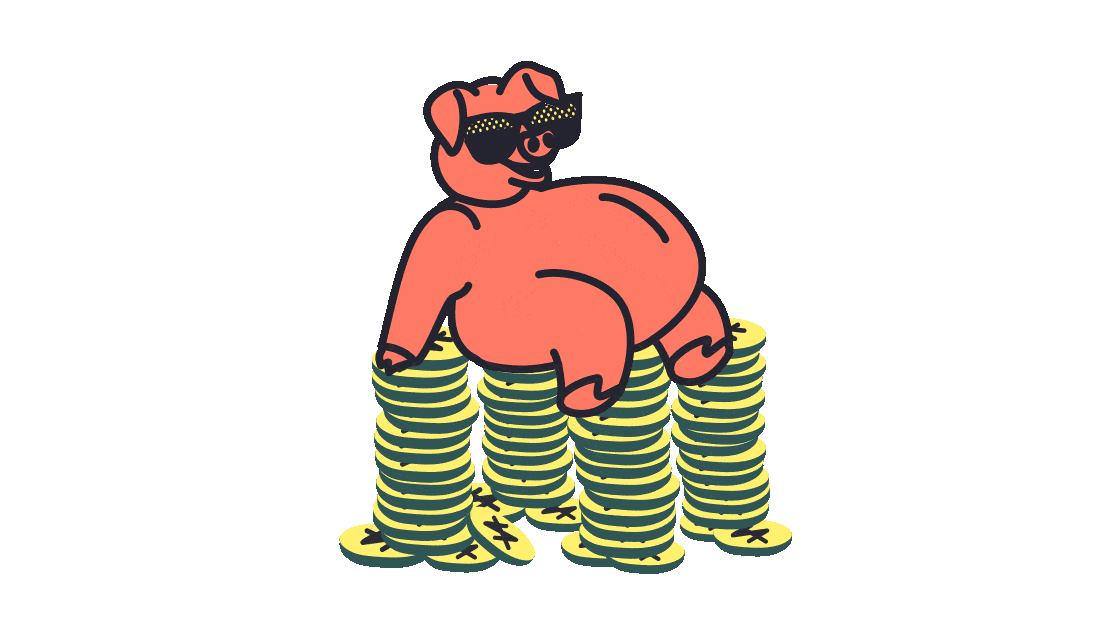
Save in Your Sleep
The Round Up feature has been an absolute life saver and a great tool for whenever I purchase something… after all no matter how big or small the round up is, Up always pushes me to save and make me a little stress free every time I purchase
Now we have a (first) ballpark in mind, let’s put some digital magic into the phrase ‘from little things, big things grow’.
With Automatic Transfers. you can push full dollar amounts into your Saver. Say you get paid the same amount every fortnight or month. You can tell Up to move some of those dollars from your spending to your emergency fund as soon as your pay hits.
If your pay is a bit less predictable, some Pay Splits might be more your style. Once you tell Up that the payments from Roxie’s House of Rollerskates are your pay, you can set splits down to the last 1% for how you’d like it divvied up amongst your Savers. Maybe you could start with just 1% into that Emergency Fund?
And Round Ups might help you get there faster, too. Let’s say you buy a coffee for $3.50. With Round Ups turned on, that extra 50 cents will be automatically added to a Saver of your choice. When that’s started to feel comfortable, you can also Boost it, rounding up a dollar or more to save faster.
And of course, you can roll all of this up or down as life changes.
Roll with the Punches
Someday, and that day may never come, your fund might be called to do a service for you. It will be vet time. Or the car will just finally give up.
You might be totally drained — and you might not even have enough saved yet to completely cover the expense. But that’s life, and life is gloriously, terribly unpredictable. We like to think of it this way: if you have twenty bucks, you’re twenty bucks ahead of where you might have been otherwise. And for that, saving is worth it.
Change, Grow, Repeat
The key to growing any kind of savings is to just start wherever you’re at. Chuck in a few dollars each week and you’re on the right track. You can use Up to grow it, nurture it, and set new goals as your Saver gets stronger.
We so hope you never need an emergency fund. We hope you end up spending your savings on a giant piñata for your 99th birthday. But if you do need it, it would also give us huge pleasure to know that Up helped you out of a problem, one Round Up at a time.

Get the gist
We’ll swing our monthly newsletter and release notes your way.
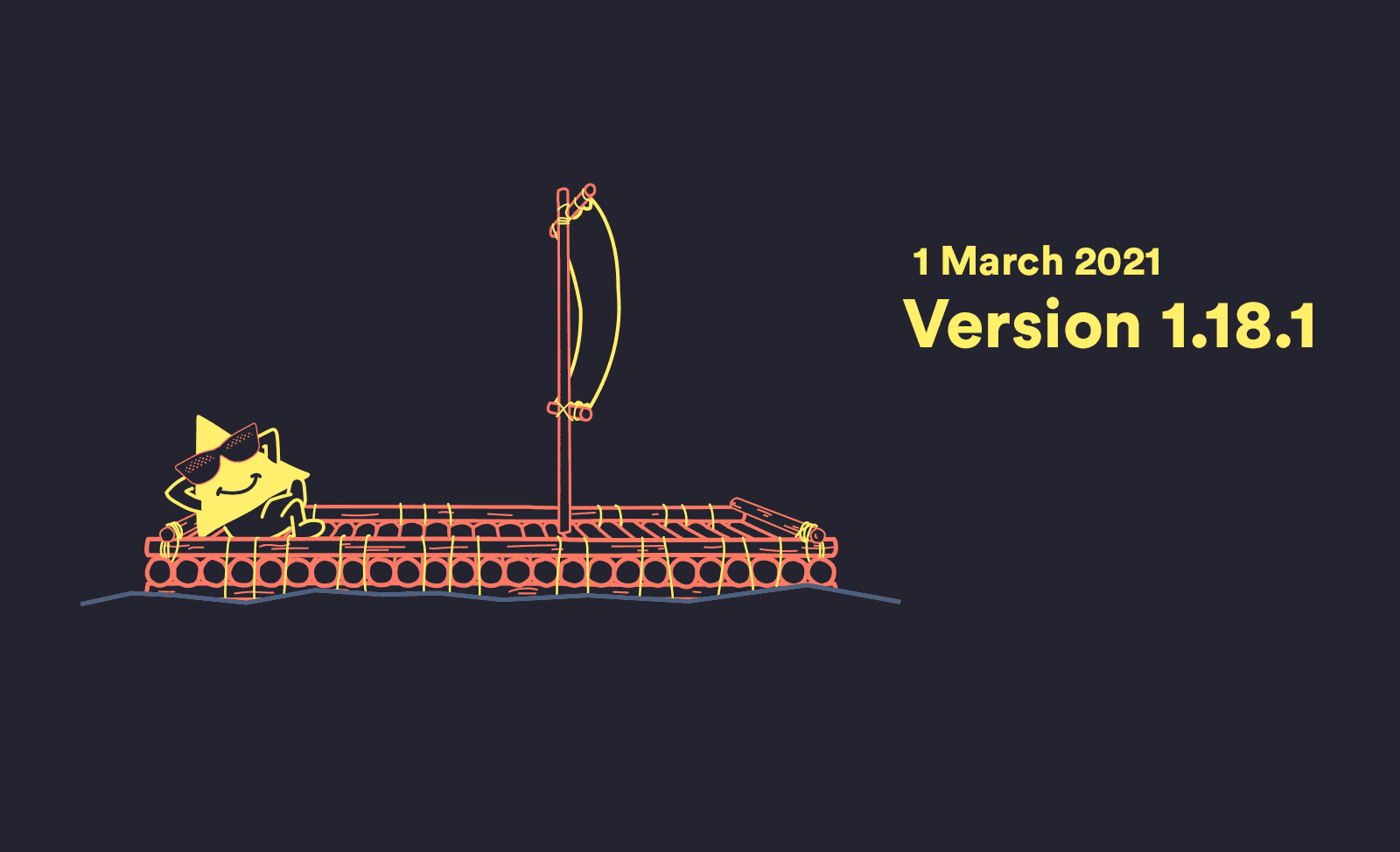
Up 1.18.1 Release notes
iOS Monthly Insights widgets

Up
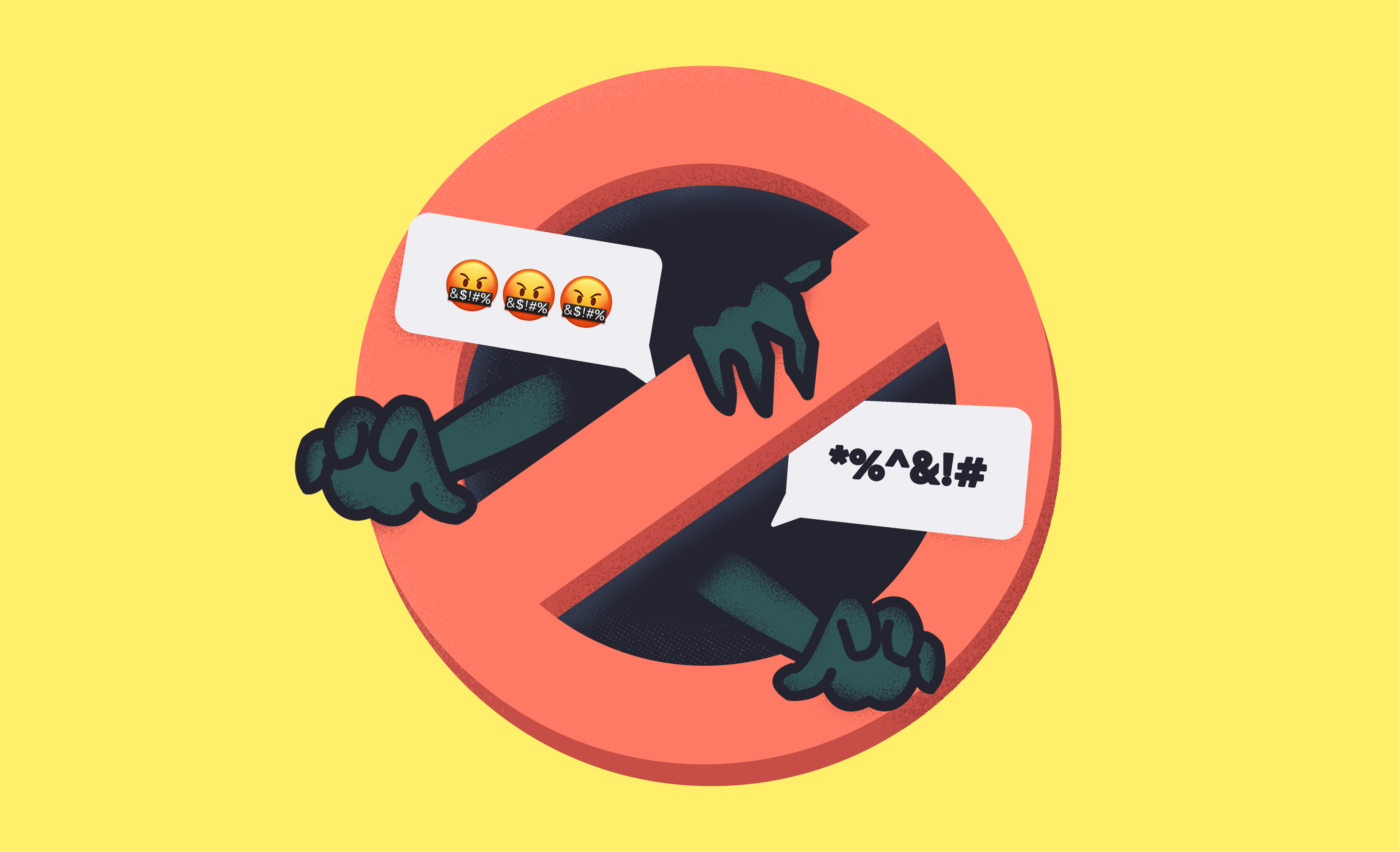
Stopping Payment Abuse: How Up is Designing for Safety
In July 2020, we got a message from a customer saying their ex-partner was sending abusive chat messages through Up. By August, we’d built new code to find payment abuse, and designed a new approach to stopping abuse on Up.

Nektarea Cameron-Smith